Thessaloniki gets ready for its metro launch in November
The underground rapid transit lines have been under construction for almost two decades due to various project delays
 TheMayor.EU logo
TheMayor.EU logo 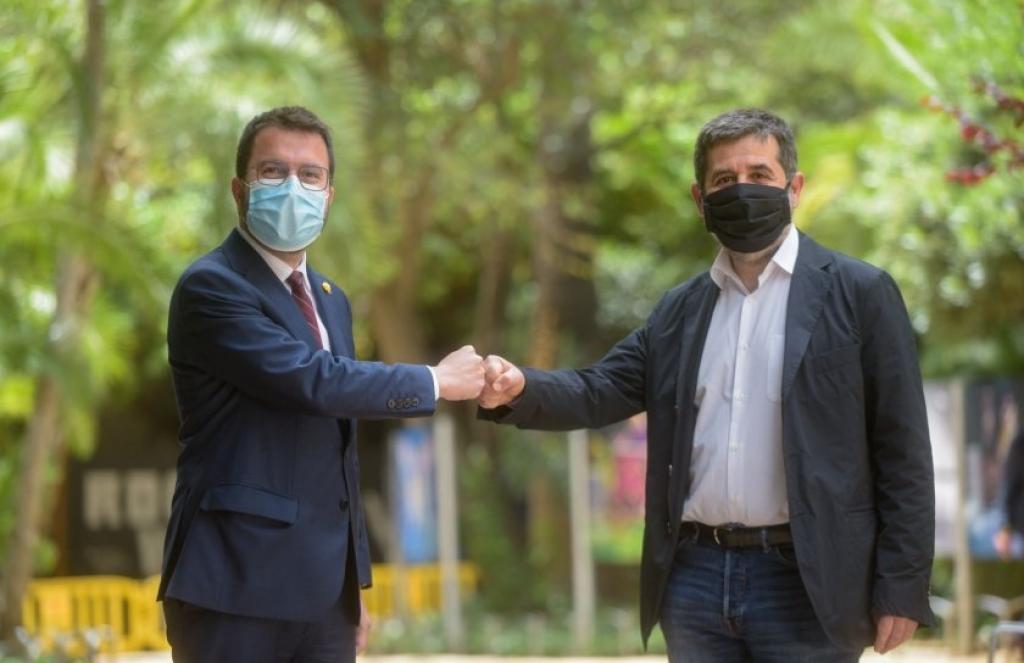
Pere Aragonès (ERC) and Jordi Sànchez (JxCat) have announced a government pre-agreement , Source: Esquerra Republicana de Catalunya / Marc Puig
The road ahead for the region remains thus uncertain
The Catalan Socialist Party may have won the most votes in the regional vote held on 14 February, but it seems now that the opposition and pro-independence parties have joined forces and signed a pact that gives them the advantage and a majority to form the new government. That means that Pere Aragonés (ERC), the current and provisional President of Catalonia will retain his position after the rival independentist party JxCat decided to support him after months of deadlock.
The new government will also be supported by the far-left CUP (Popular Unity Candidacy), thus forming a new block that has the vision of trying to forge a Catalan Republic, despite the political disagreements on other ideological issues among the constituting parties.
The new coalition at least agreed on not wanting to see Salvador Illa (PSC), former Health Minister in the Spanish Government, become the next President. And they had the looming deadline of 26 May to find a solution to the political dead-end.
A survey published by La Vanguardia newspaper in January showed that support for independence had fallen down to 43% among Catalan citizens. Nevertheless, the three parties collectively have 74 seats in the regional assembly which is well over the minimum mark of 68 seats required to enjoy a majority.
The pact between the two parties provides for 14 ministries, divided equally between ERC and JxCat. The ambition of the coalition is to continue to seek independence through democratic means favouring negotiations with Madrid with the goal of convincing the authorities there to allow the carrying out of a referendum on the topic. A referendum that would be legal and unquestionable, unlike the one that took place in 2017.
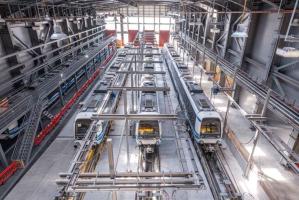
The underground rapid transit lines have been under construction for almost two decades due to various project delays

Now you can get your wine in Talence by paying directly in Bitcoin

That’s because the state has to spend money on updating the railway infrastructure rather than subsidizing the cost of the popular pass

Rethinking renewable energy sources for the urban landscape
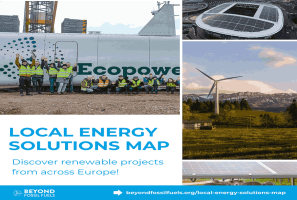
The examples, compiled by Beyond Fossil Fuels, can inform and inspire communities and entrepreneurs that still feel trepidation at the prospect of energy transition

Now you can get your wine in Talence by paying directly in Bitcoin
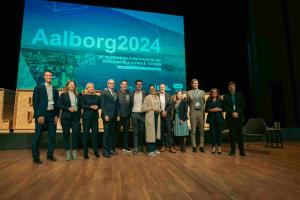
The 10th European Conference on Sustainable Cities and Towns (ESCT) sets the stage for stronger cooperation between the EU, national and local level to fast track Europe's transition to climate neutrality.
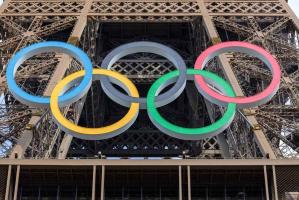
At least, that’s the promise made by the mayor of Paris, Anne Hidalgo

The underground rapid transit lines have been under construction for almost two decades due to various project delays

At least, that’s the promise made by the mayor of Paris, Anne Hidalgo
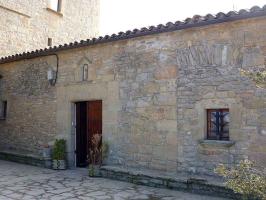
Hostal de Pinós is located in the geographical centre of the autonomous region
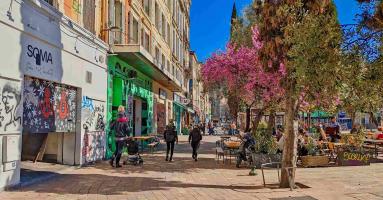
Despite its church-y name, the district has long been known as the hangout spot for the artsy crowds

Urban dwellers across the EU are having a say in making their surroundings friendlier to people and the environment.

Forests in the EU can help green the European construction industry and bolster a continent-wide push for architectural improvements.

Apply by 10 November and do your part for the transformation of European public spaces

An interview with the Mayor of a Polish city that seeks to reinvent itself

An interview with the newly elected ICLEI President and Mayor of Malmö

A conversation with the Mayor of Lisbon about the spirit and dimensions of innovation present in the Portuguese capital














